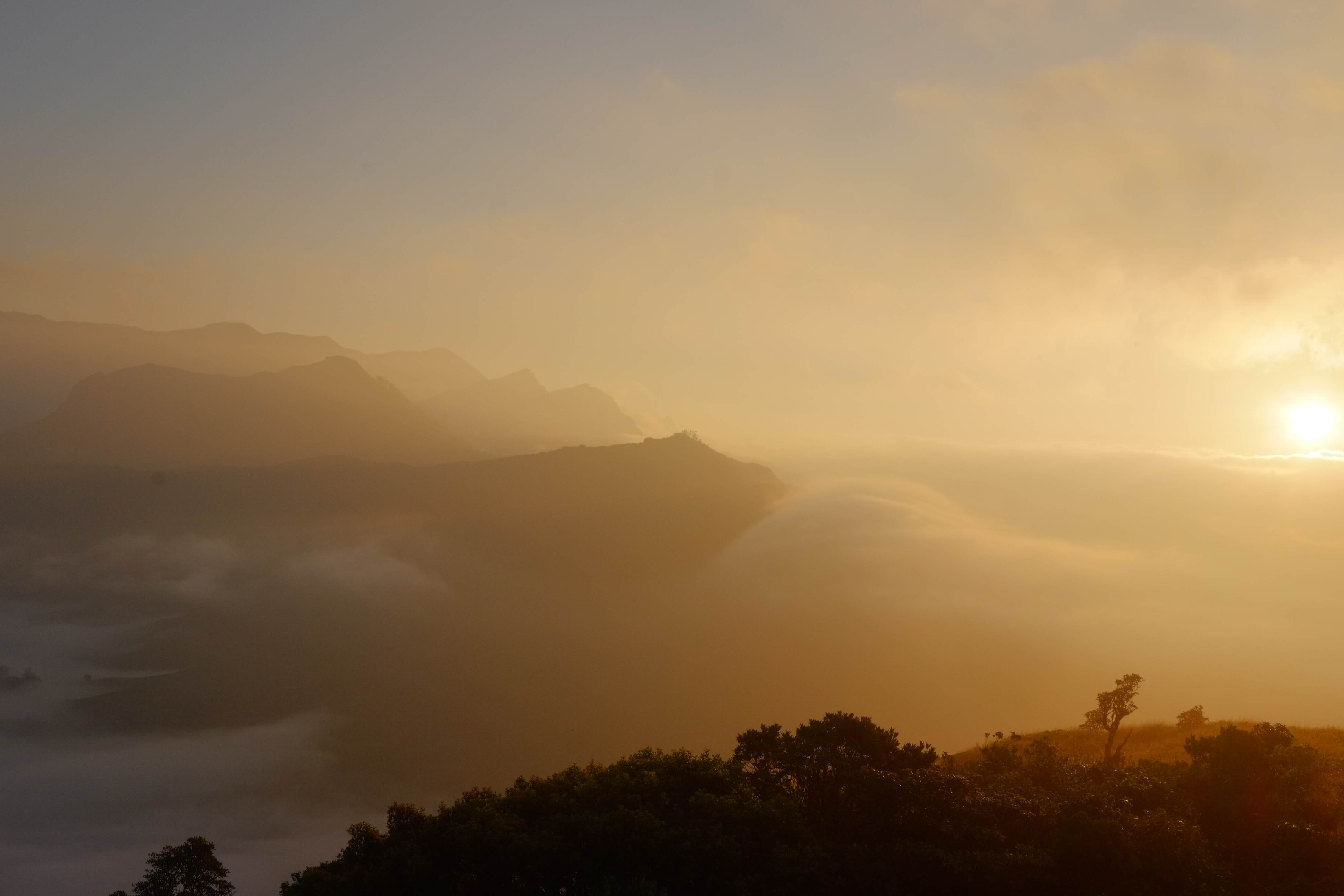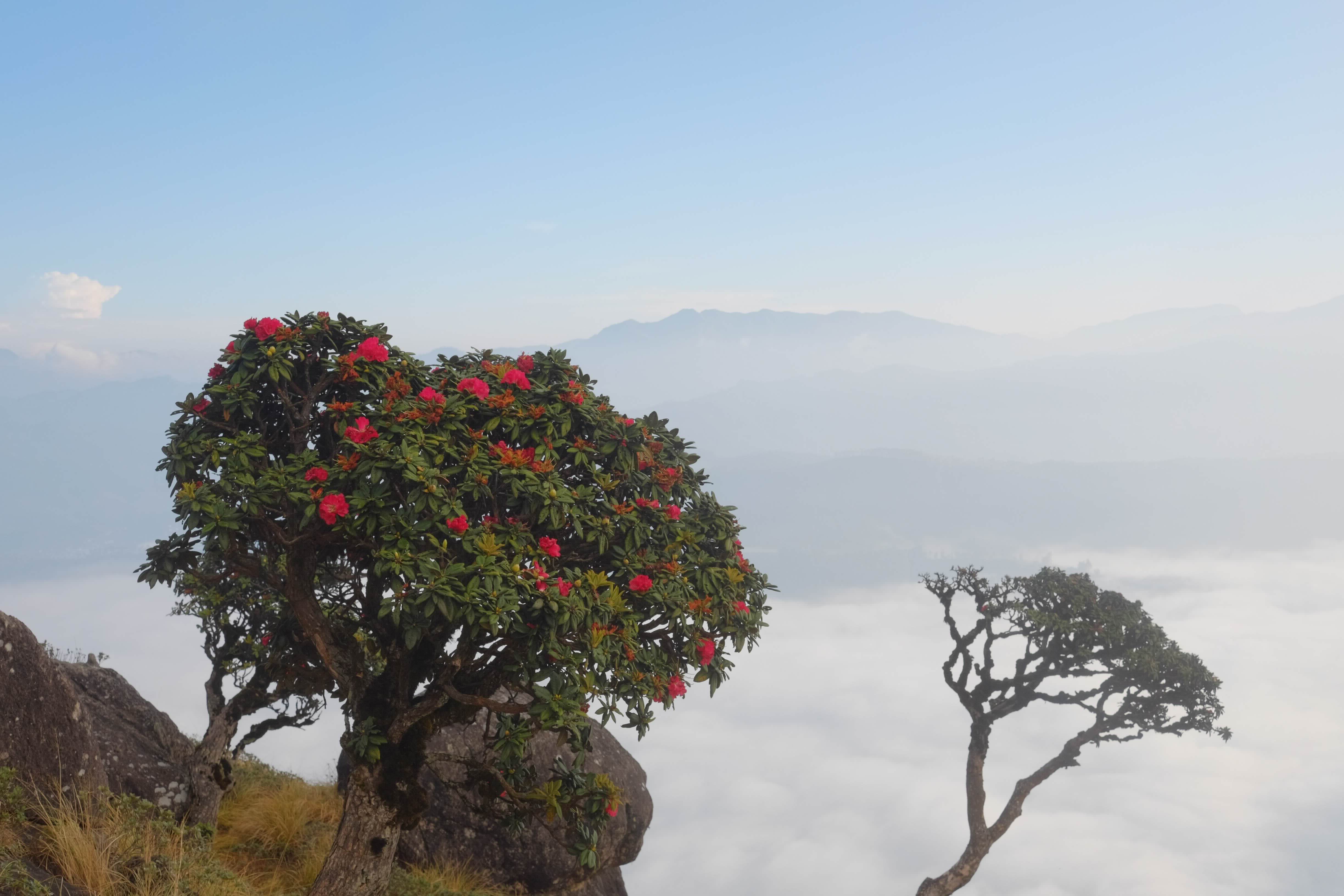The Malabar Coast
posted on 2 April, 2025 by Dan Vonk in personal, travel
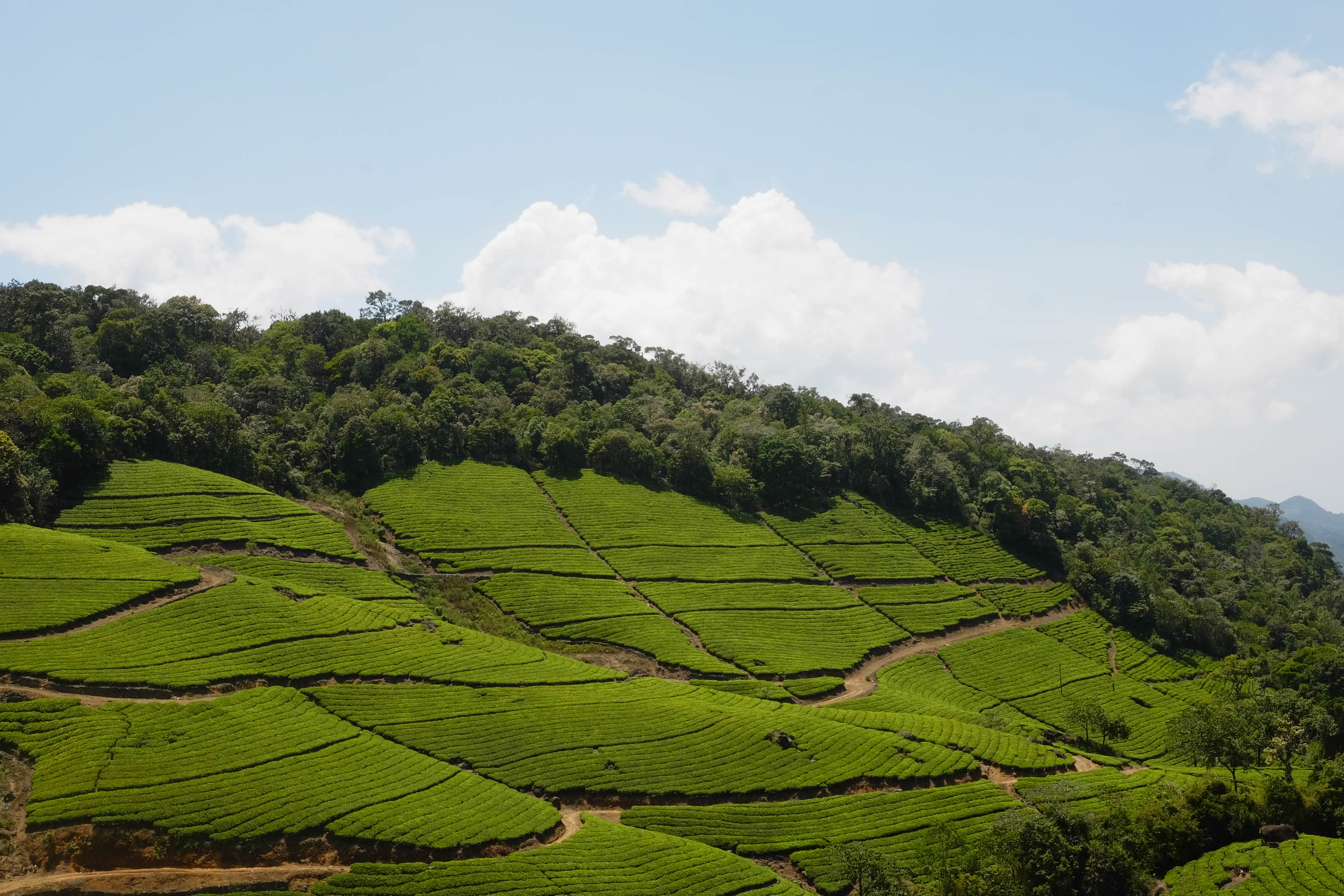
After having experienced the hustle and bustle of Bangalore, the next plan was to explore Kerala, a state which is located on the tropical south-western tip of the subcontinent. On its coast, it is home to vast stretches of palm tree adorned beaches, which are flanked by rice fields criss-crossed by small canals, just as in Venice–though maybe a bit less flamboyant. Going further inland, one meets the mighty Western Ghats mountain range, a high-altitude rainforest, home to elephants and tigers, which is ideal for escaping the oppressive humidity on the coast. Politically, it is also well-known within India for its high degree of development: it has the highest literacy rates, life expectancy and lowest impoverishment rates in the country. All great things. And they also love a bit of communism too it turns out.
Yes, it was quite jarring to see the communists flags everywhere and when travelling on a dusty road through the jungle, one might easily mistake the place for Cuba. However, the topic of communism in Kerala is complex. Though they never went for “true” Communism, they did carry out extensive land reform and institute a generous welfare state. This clearly did have some positive outcomes: the place felt a lot more “civilised”, less chaotic and far more orderly than Karnataka. However, when speaking to locals, many of them weren’t that contented with the economic situation and indeed it was common for them still to leave for the more dynamic city of Bangalore (or even to work as labour in the Gulf) while the economy at home remains sluggish and highly indebted.
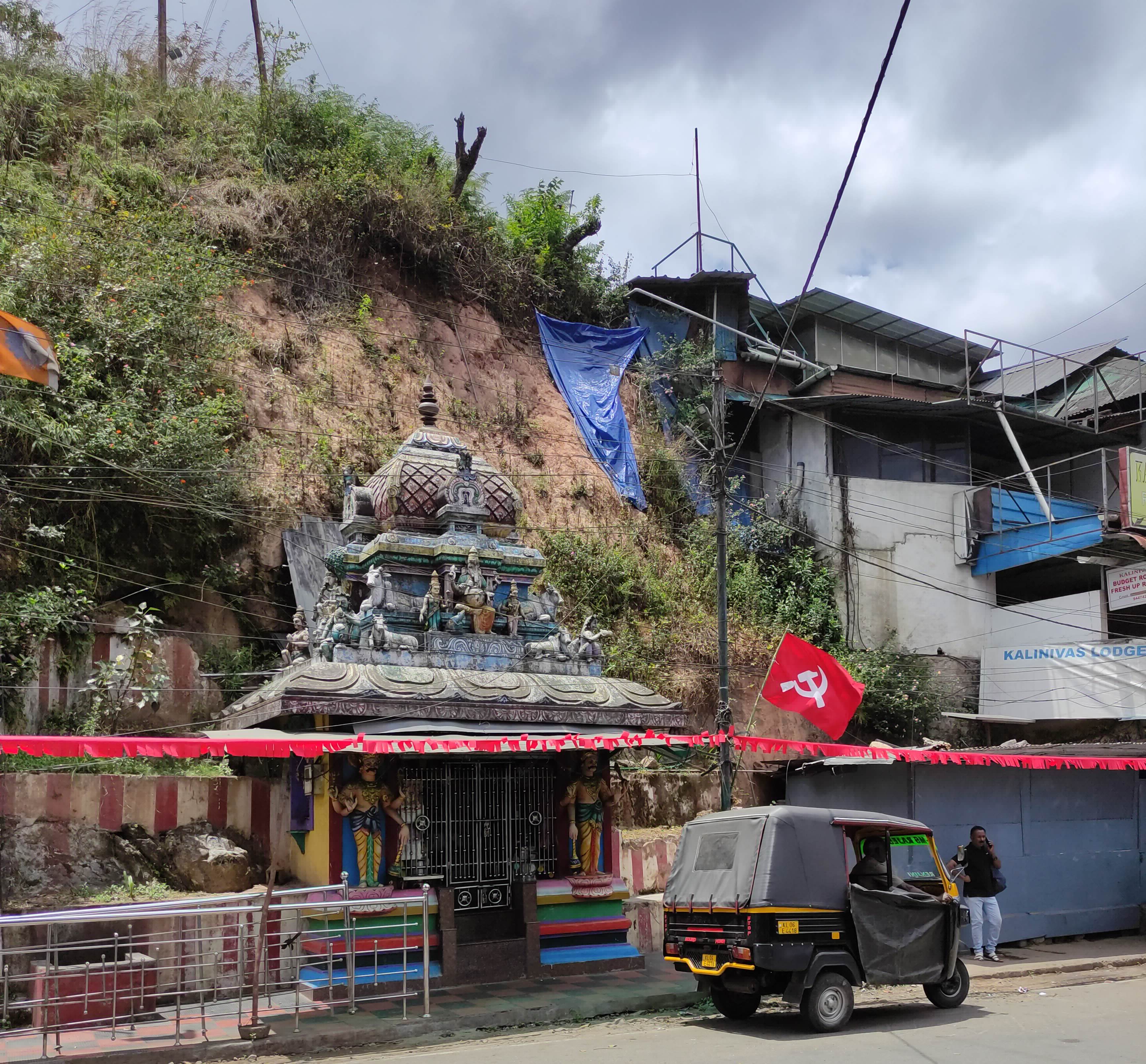
As a tourist, I’m not qualified to talk much more about the politics of the place. Instead, for me, one of the main draws was the history of the state. It is located on the Malabar Coast of India and has been connected to the Silk Road and Spice Trade since at least the first millennium BC, when Arab and Phoenician traders would sail from the Red Sea and Persian Gulf to the coast to trade for spices. Later on, the Portuguese, Dutch and even French would setup base there too and the major cities, such as Cochin and Calicut, have interesting relics from this early colonial past. No wonder too as the list of spices grown in the area is impressive: black pepper, cardamom, turmeric, mangosteen, cinnamon and ginger to name a few. Nowadays, there are plantations in the mountainous uplands for tea, coffee and cocoa too. If you visit, you’ll surely make a tour of one of these places.
The coastal towns of Cochin and Alleppey seemed primarily to be tourist destinations, whereas most locals and businesses were a bit further inland, in Ernakulum, which serves as the main transport hub of the region. Nevertheless, the towns did have a certain charm, with the tropical paradise feeling certainly helping. Alleppey was more of a beach town with hippie hostels and beach cafes but this suited me just fine towards the end of the trip.
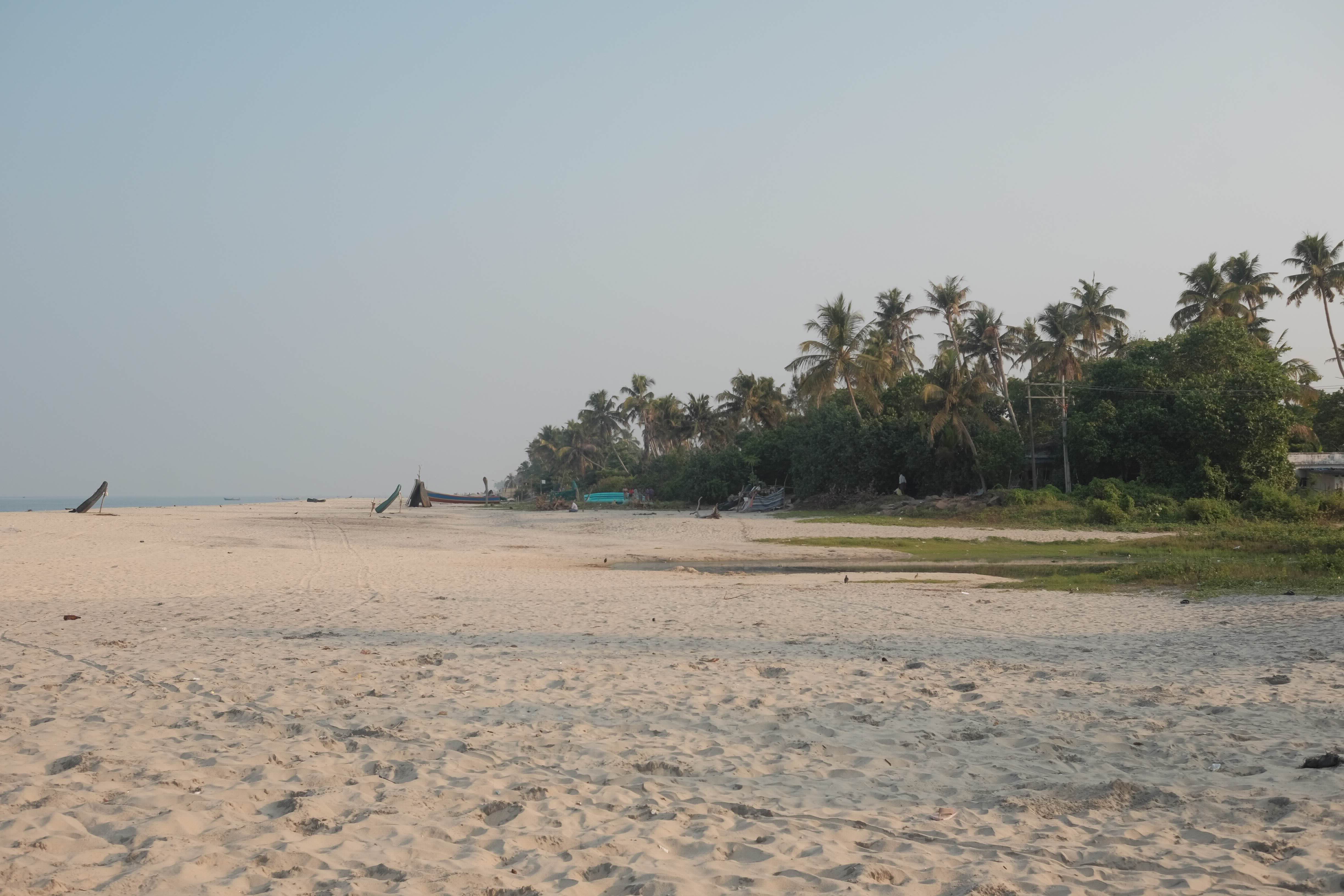
The Kerala backwaters are another great day-trip to make and we did ours in long piloted canoes. I’d recommend this over the traditional house boats, which double up as hotels. Those boats are quite large and don’t get you into the smaller waterways, which feel much more authentic and local.
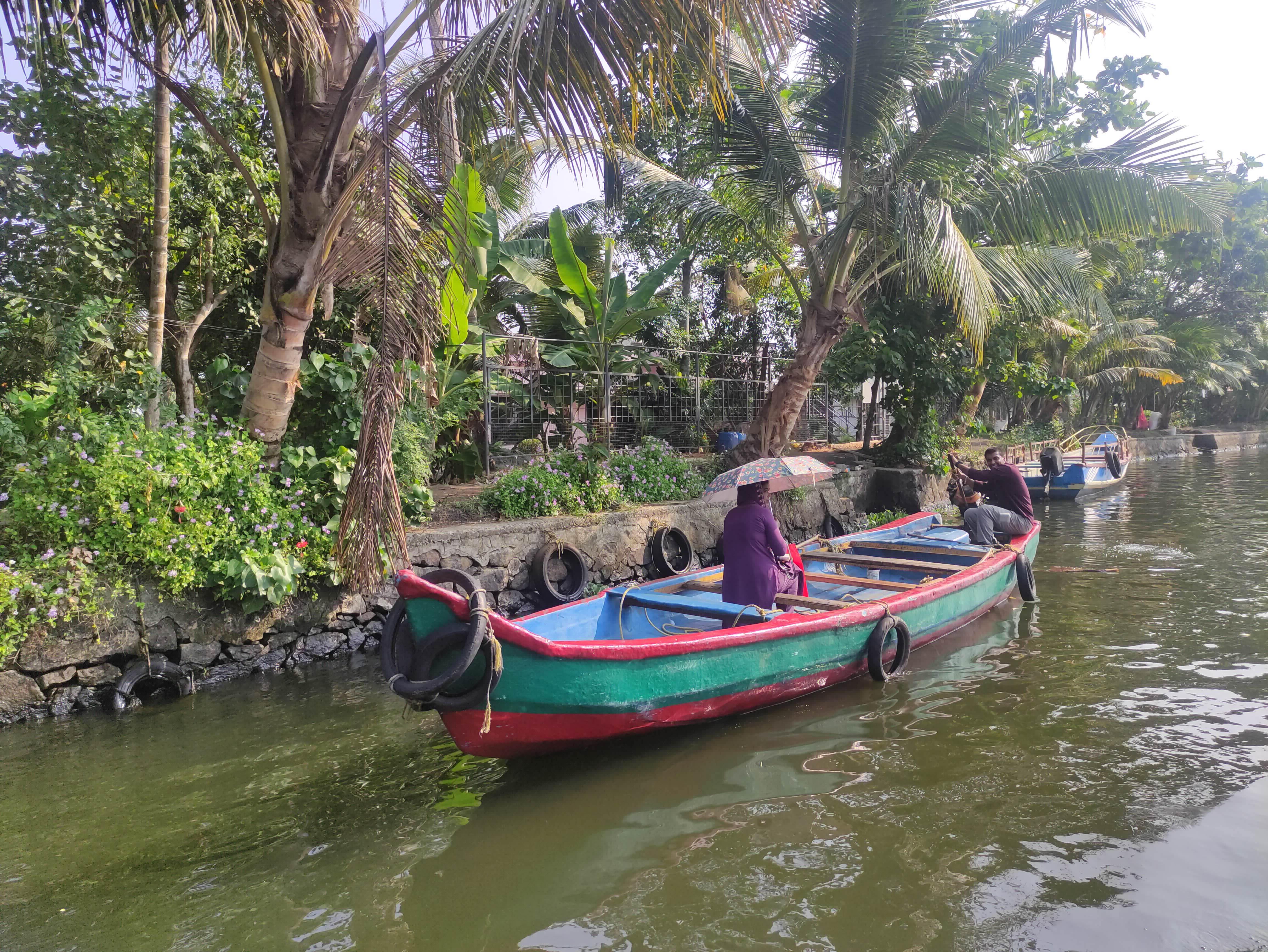
However, escaping the coast and going into the mountains was my favourite part of the trip around Kerala. Whilst the tropical beaches look nice on photos, being there also has its downsides! It was at least 35C without fail every day (and not much cooler in the evenings) with 100% humidity and frequent thunderstorms. Also, the backwaters (the canals) provide the ideal conditions for mosquitoes so the place is just teeming with them.
The closest major hill station reachable from Cochin is Munnar. It’s easily and cheaply (less than 100 rupees) accessible by coach from Ernakulum bus station, though getting a comfortable ride is far from guaranteed! Expect a packed bus with no AC: the ventilation is provided by the lack of (glass) windows, so hope you don’t get stuck in traffic. The trip itself though is stunning, with the winding roads taking you up through the jungle (watch out for the monkeys) and finally into the emerald-green tea hills above, interspersed with the occasional blooming jacaranda tree nobly perched between.
Munnar itself is quite touristy and you’ll be swamped by auto drivers trying to sell you voyages around the tea fields as you walk through town. Annoying. However, it’s still worth doing the tour at least once as you get a very scenic ride through the jungle and tea fields. Our driver also took us to a well-known spot for seeing elephants and we just found them hanging out by a creek, cooling themselves off! (NB: I think they are there a lot.)

Sunrise hikes are another popular tourist activity here and it’s another money-maker for the local town: one can’t just enter the national park by himself, one needs a guide. So with our guide, we set off at 5 AM to Eravikulam National Park to climb the second highest mountain in the Ghats. It wasn’t a particularly challenging climb as the mountain was only about 2000m high and some locals were even doing it in crocs! Nevertheless, it was worth the early wake-up as the views were simply spectacular. It was still shortly before dawn as we reached the peak and we were surrounded by dark and ominous cloud cover in every direction, but as the sun started to rise, it painted the clouds amber beneath us as if the whole world was ablaze. Before long, the power of the sun started to disperse the clouds and we watched them melt down into the valleys, forming long, wispy trails of fog. A pale blue sky formed and we were again able to see the verdant tea fields clinging on to the side of the hills below our feet. A fantastic way to start the day.
